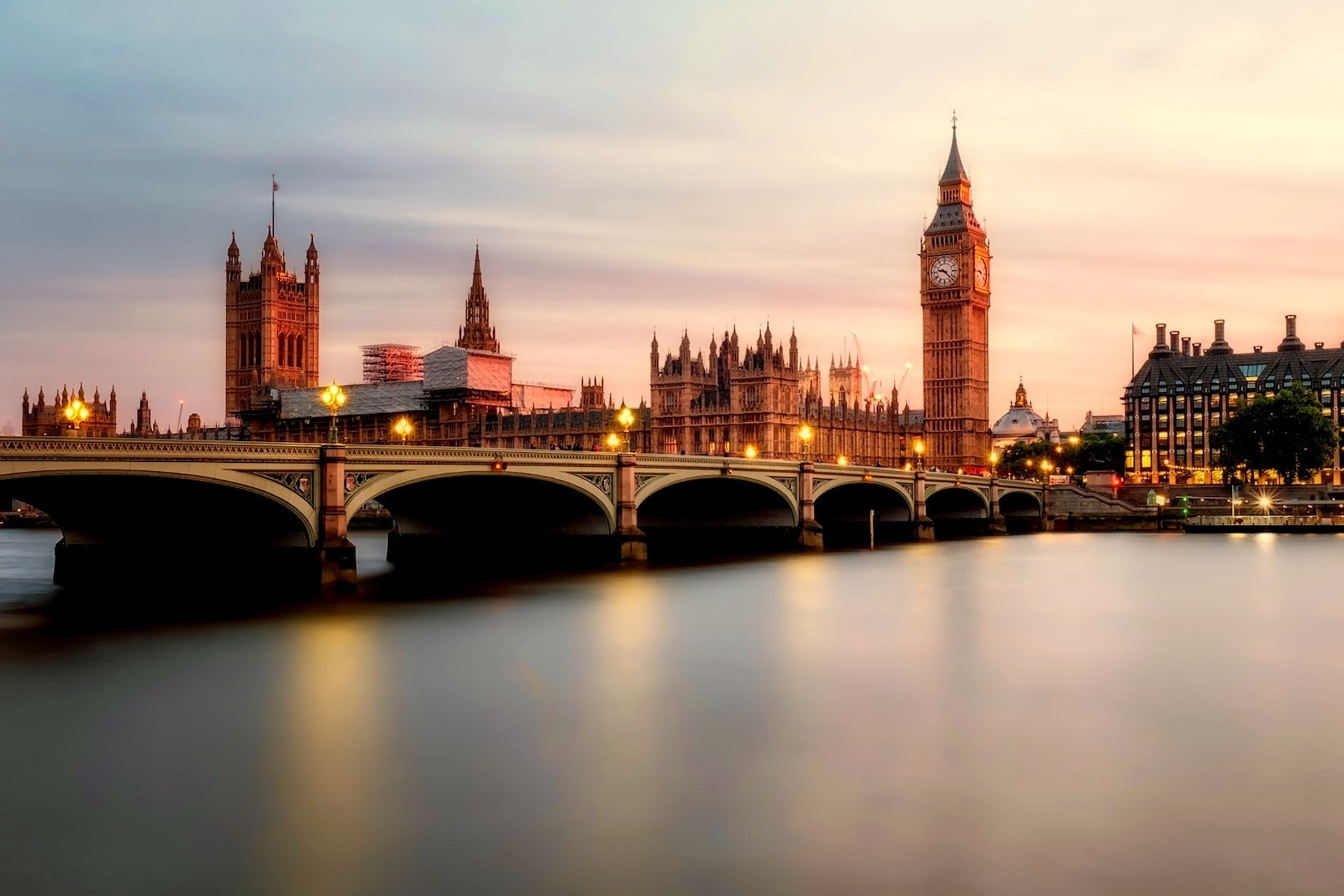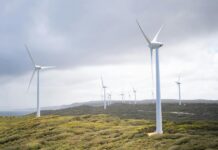The UK could reach its net zero goals by 2046, according to the 2023 Future Energy Scenarios (FES). Released on Monday 10 July, FES outlines four different pathways for the UK to achieve net zero, with its most ambitious pathway bumping the UK’s 2050 decarbonisation target forward by four years.
The scenarios cover all aspects of the energy system, from the power sector to road transport and heating. Pulling from extensive research, modelling, and stakeholder engagement, each scenario defined considers possible pathways forward based on speed of decarbonisation and level of societal change.
Reaching net zero by 2050
The latest FES report shows that in three of the four pathways it is possible to reach net zero before 2050 – with one scenario ‘Leading the Way’ suggesting it can be done ahead of the target. But the overall key message is that to achieve this: the time for action is well and truly here.
“We must act now to achieve a clean, secure and fair energy system for all. If we don’t, a once in a lifetime opportunity will pass us by,” says the FES 2023 report
In the report, Leading the Way reaches net zero by 2046 and achieves annual net emissions of -34 MtCO2 e in 2050, which amounts to removal of GHG emissions from the atmosphere. Consumer Transformation and System Transformation reach net zero by 2050. Falling Short does not get to net zero by 2050, resulting in 179 Mt of residual emissions.
Key recommendations from FES
Aside from an overarching clarion call for decisive action, the latest FES covers some key recommendations across infrastructure, market reform, flexibility and regulation, and consumer behaviour. Critical areas include a clear plan for hydrogen, better investment signals to create certainty for investors, and avoiding delays in delivery and installation of net zero technologies.
The future pathways include highlights that give a glimpse of what we can expect to see in the coming decade. For example, demand side response from residential, industrial and commercial consumers reaches over 13 GW in the Consumer Transformation pathway in 2050. Across the net zero scenarios, at least 89 GW of wind and solar is connected in 2030, with 119 GW in the Leading the Way pathway. There are over 38 GW of network-connected electrolysers in 2050 in Leading the Way. Residential heat pump installations range from 0.3 million to 1.5 million per year across all scenarios in 2030.
Shaping the energy system of the future
National Grid ESO is responsible for moving electricity around Great Britain’s system, making sure supply meets demand every second of every day. It’s one of the oldest electricity systems in the world, but it’s also one that is seeing the fastest change as we move to an electricity system that is fully decarbonised by 2035. We’ve certainly come a long way since the ‘coal is king’ era a decade ago. But FES makes it clear just how much change is yet to come to shape the power system of the future.













